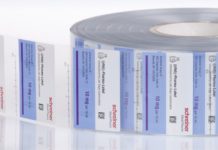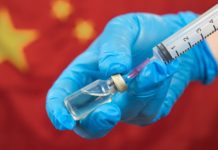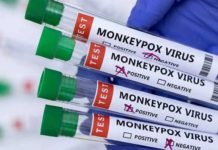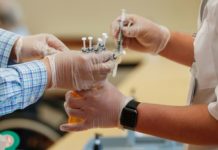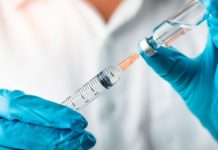In this Phase 2b study, the primary and key secondary endpoints were achieved, with highly statistically significant reductions in sUA and up to 89% of patients taking a combination of RDEA594 600 mg and allopurinol reaching target sUA. RDEA594, Ardea’s lead product candidate for the chronic treatment of gout, is an orally administered compound that inhibits the URAT1 transporter, a biological mechanism that is complementary to the mechanism of allopurinol and that of the most recently approved oral drug for gout, febuxostat (Uloric (R)).
This was a 28-day, randomized, double-blind, placebo-controlled, study conducted in 208 gout patients with elevated uric acid levels (sUA greater than or equal to 6 mg/dL) despite being on a stable dose of allopurinol. In the study, patients remained on a stable dose of allopurinol and also received once daily doses of 200 mg RDEA594, 400 mg RDEA594, 600 mg RDEA594 or placebo. For patients randomized to receive 400 mg RDEA594 and 600 mg RDEA594, the RDEA594 daily dose was escalated weekly in increments of 200 mg/day. The primary endpoint of the study was the percent reduction in sUA after 4 weeks of treatment with the combination compared to allopurinol alone. A key secondary efficacy endpoint was the proportion of patients who achieved a response, defined as a reduction of sUA below the clinically relevant target of < 6 mg/dL, after 4 weeks of combined RDEA594 and allopurinol treatment, compared to allopurinol and placebo. Reductions in sUA and response rates increased in a dose-related manner when RDEA594 was combined with allopurinol and were highly clinically and statistically significant at all dose levels when compared to allopurinol alone. At the highest dose tested of 600 mg, there was a 30% mean reduction in sUA levels after 4 weeks, compared to a 3% mean increase on placebo (p<0.0001). This resulted in a response rate of 79% for the 600 mg dose (p<0.0001) using the more rigorous "intent-to-treat" (ITT) analysis, which considers all patients without efficacy results at Week 4 as non-responders, including those who discontinue for any reason. Using a "last observation carried forward" (LOCF) analysis, which was the analysis method used for the approval of Uloric(R), the response rate for the 600 mg dose group was 89% (p<0.0001).



